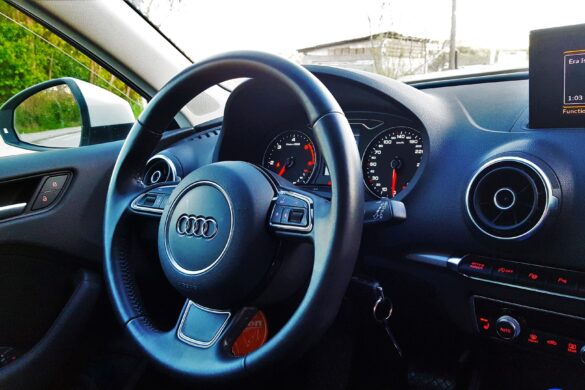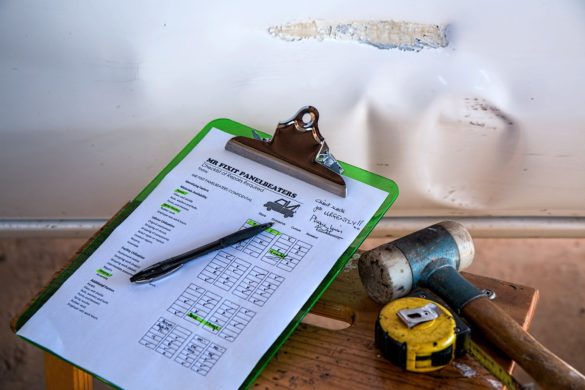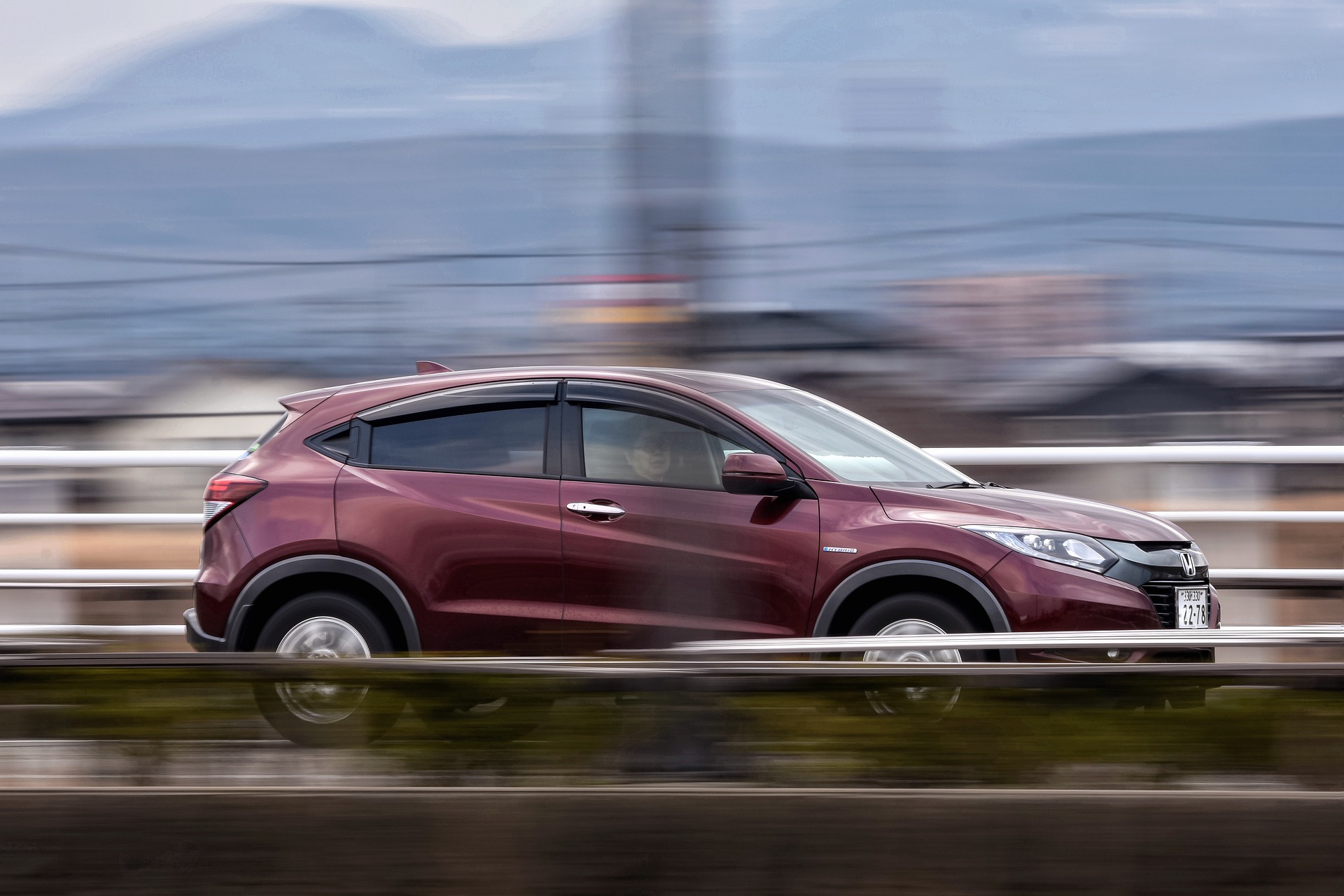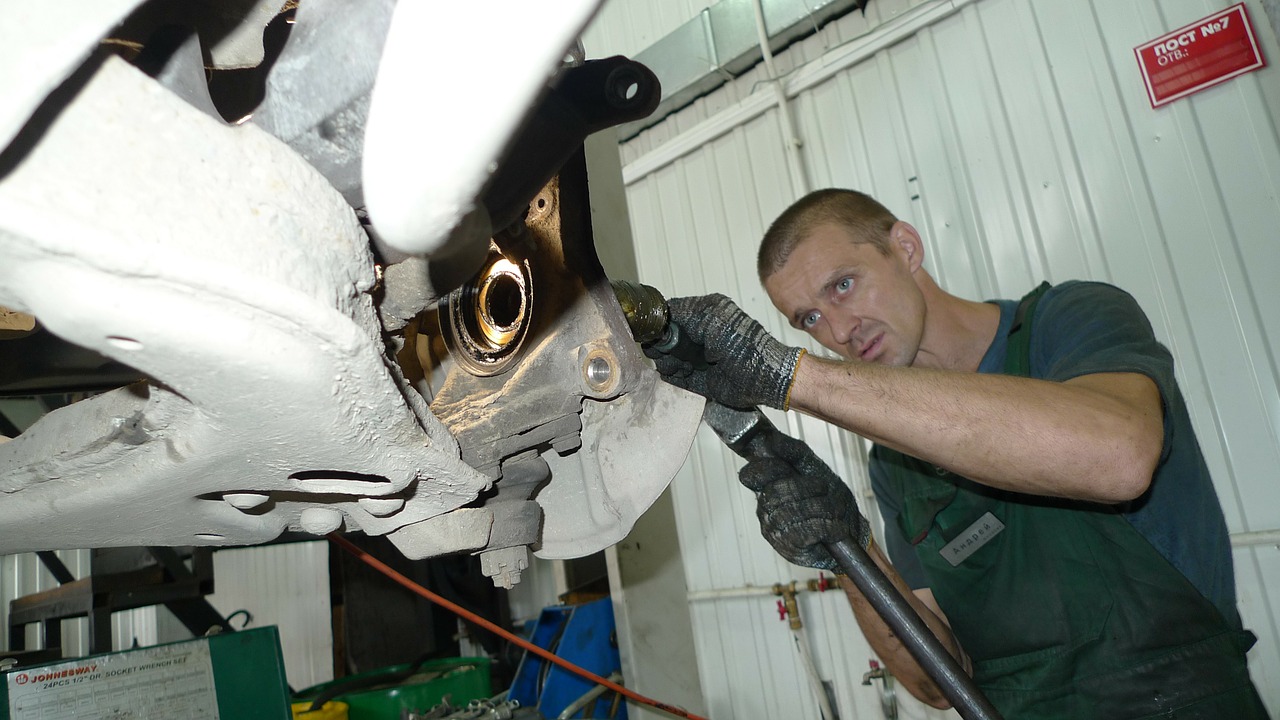Worried about your car this winter? Click here for some tips that will make sure you don’t run into any problems.
Winter weather can wreak havoc on your car. Between the snow and the ice, it can destroy paint, crack windows, and cause irreversible structural damage. For this reason, you must show your car a little more attention during the winter months.
Wondering what this attention entails? Then you’re in the right place. Here are nine winter car care tips to utilize this season.

1. Keep the Windows Clear
When winter rolls around, snowy and icy windows are an inevitability. Unfortunately, they’re also a danger.
Why? Because a failure to remove ice and snow from your windows can drastically impair your vision, making your vehicle a threat to both yourself and others.
For this reason, you need to clear your windows of ice and snow before hitting the road. Keep an ice brush/scraper in your car at all times. This way, when snow and ice arrive, they can be quickly and conveniently done away with.
And don’t just scrape off the front and side windows. To allow for optimal vision, all windows must be scraped clean.
2. Throw on Some Winter Tires
If you live in a particularly snowy or icy area, you should consider swapping out your existing tires for a set of winter tires. Winter tires are specifically designed to handle slippery conditions and can be a huge help in avoiding auto accidents during the winter months.
What’s different about winter tires, you ask? Their tread is more flexible than that of standard tires, giving them terrific traction on less-than-solid surfaces.
Wondering whether you can leave winter tires on during the summer months? While you can, it’s not recommended. Not only will it place undue wear and tear on the tires, but it will also cause your vehicle to run sluggishly.
3. Check Tire Pressure Frequently
One of the biggest auto problems you’ll run into during the winter months is the deflation of your tires. The colder it gets, the more pressure your tires will lose. In some cases, this can lead to dangerously sub-standard pressure levels.
For this reason, you should check your tire pressure on a frequent basis (every week or so). By ensuring adequate tire pressure, you ensure that your vehicle maintains good traction. When a vehicle maintains good traction, it’s less likely to get into snow or ice-related accidents.
Note, many vehicles (such as the Chrysler Pacifica) come with low tire pressure alerts. If your vehicle delivers these alerts, there’s no need for you to check your tire pressure manually.
4. Wax Often
Heavy snow has fallen. So, in an effort to clear the roads, plow trucks are frantically dropping salt all over the place. While this salt is successfully eating away at the ice and snow, it’s successfully eating away at another entity as well: your car!
Fortunately, there’s a way to combat this problem. All you have to do is wax your vehicle. By applying a polymer wax to the body of your vehicle on a weekly basis, you can stifle the effect of ice-melting salt.
Note, however, that this shouldn’t be used as a replacement for car washes. You’re still advised to wash your car on at least a monthly basis.
5. Take it Easy on Your Windshield Wipers
Windshield wipers see a lot of use during winter, and for good reason. After all, you’ve got to get that ice, sleet, and snow off of your windshield somehow. What easier way than by flipping a switch and letting your windshield wipers do it for you?
Unfortunately, though, using your windshield wipers in this manner can decrease their durability. Why? Because windshield wipers are designed to wipe away water, not snow and ice.
As such, when winter weather becomes a problem, you need to take it easy on your windshield wipers. Instead of using them to chip away at ice and snow, you should use a specially-made ice scraper.
And keep an eye on them as the season progresses. If their rubber components look worn down, you should replace them. Failure to do so could cause damage to your windshield.
6. Test Your Battery
Have you ever noticed that vehicles stall more during the winter months than they do throughout the rest of the year? Ever wondered why this is? The answer lies in the battery.
Simply put, batteries struggle to start up when they’re in cold weather. So, while strong, fresh batteries will still have the juice necessary to get going, weak, old batteries often won’t. With the latter, stalling is inevitable.
The question is: what can you do to counteract this problem? Your best bet is to have your battery tested prior to the cold season. If its charge is deemed sufficient, you can keep it in your vehicle; If its charge is deemed insufficient, you should think about making a change.
Oh, and carry jumper cables (or a portable jump starter!). Should your car stall out unexpectedly, a jump kit should be able to save you.
7. Check Your Coolant Levels
One last tip is to check your car’s coolant levels. Coolant is used to keep a car’s engine running through cold temperatures. If coolant levels are low, the engine can cease to operate entirely.
Ideally, you’ll check your levels once a month or so. If they’re low, you’ll need to top them off. If they’re adequate, you can leave them be.
You’ll also want to keep an eye out for leaks. If you see a green or orange liquid under your vehicle, it could very well be leaking coolant.
These Winter Car Care Tips Can Make All the Difference
If you want to get your car through the winter in one piece, you’re advised to make use of these winter car care tips. Not only will they help maintain the aesthetic of your vehicle, but the functionality as well.
Looking for other miscellaneous tips? Our website is the place to be. We offer tips on everything from automobiles to technology to fashion and more.
Browse our other articles now!









